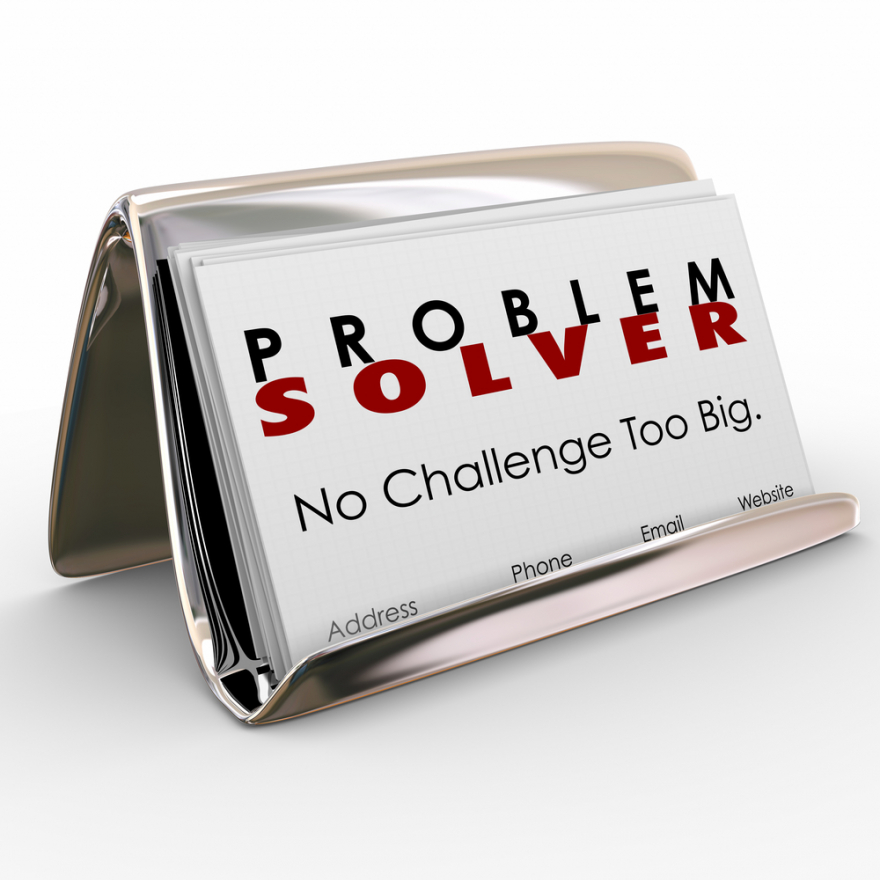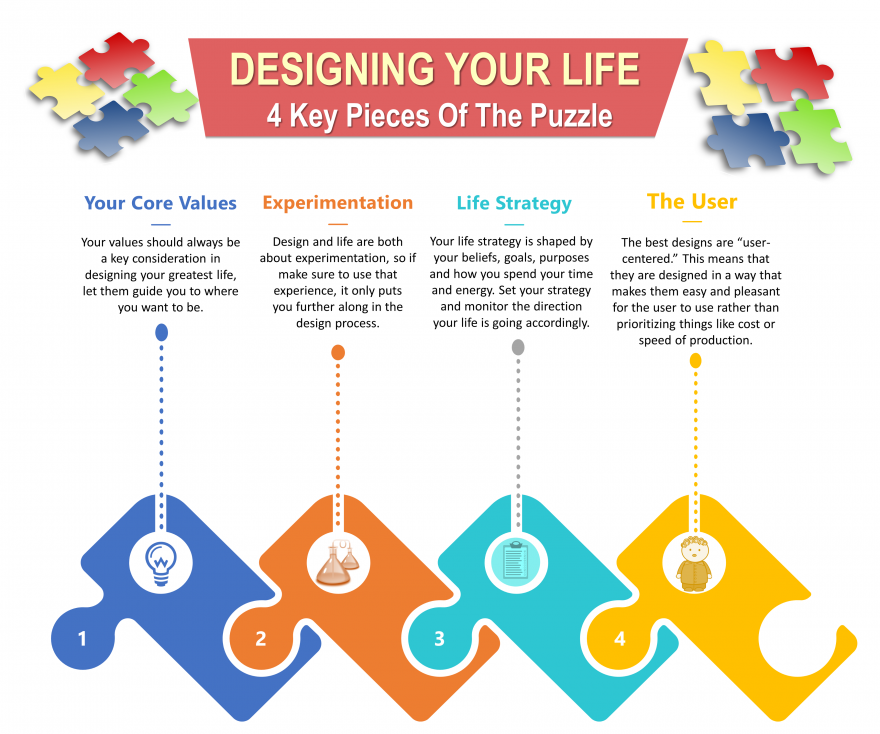Designing Your Life from the Inside Out: Key Considerations Offered by the Experts, Dale Evans and Bill Burnett
Rev. Dr. Kitty Boitnott, NBCT, RScP
Heart-Centered Career Transition and Job Search Coach | Certified Life Strategies Coach
Together, they came up with a model that shows us how design thinking can help us create a life that is both meaningful and fulfilling. Of course, “designing your life” isn’t quite like designing an automobile. But design is all about solving problems and foreseeing problems that may come up. It is also about finding ways around them.
Whether you think that designing your life sounds inspiring, too difficult, or just plain ridiculous, read on. Discover the key considerations that would go into designing your life and see how you feel then.
Identify and Stick to Your Core Values
Your values should always be a key consideration in designing your most magnificent life. Let your core values guide you to where you want to be. This is another way of saying, "To thine own self be true."
When people come to me with a sense of dissatisfaction in their career, it is often the result of one singular fact. Their core values are out of alignment with their work. On occasion, I even hear people say that their job requires them to act in ways that are out of integrity with their core values. When you feel that you are being asked to do something contrary to who you are, you are going to be unhappy.
Of course, this step requires that you get very clear in your mind about what your core values are. How important is "truth" to you? How critical is it that you stick to your word? How important is it to you that you can trust your supervisor? If these things are important to you, then you need to recognize that sooner rather than later. You want to avoid acting out of alignment with those values. Being out of integrity with yourself can wear on you in short order. If it happens frequently, you need to have a talk with your supervisor and get things changed at work, or you need to consider changing jobs.
Consider the Benefits of Experimentation
You may think, especially if you are already older, that it is too late for you to design your life. After all, things are supposed to be designed before they’re made, right?
Thankfully, design in this sense is a little more complicated. Sure, things are designed before they’re made. But try to think of a tool that looks exactly the same now as when it was first invented. Everything that we use goes through constant design and re-design.
Why should your life be any different?
Design and life are both about experimentation. So if you’ve got more experience than other people, that only puts you further along in the design process.
On the other hand, if you’re a younger reader, you have the opportunity to learn now. Learn from those who have gone before you. Doing that can avoid some of the complications that you see in the “designs” of the lives of those around you.
Embracing Your Life Strategy
Your life strategy is shaped by your beliefs, goals, and purposes. And all the decisions about how you spend your time and energy comes from these beliefs, goals, and purposes. Set your strategy and monitor the direction your life is going accordingly.
Solving “Wicked Problems”
The point of designing your life is to help you solve problems. But what if a problem can’t be easily “solved?”
Sometimes problems can’t be solved because they are the result of a complex network of systems. Sometimes they are poorly defined. These problems are defined as "wicked problems." The term, "wicked problems" was first used in 1967 in relation to social planning. Wicked problems cannot be solved. They can only be improved. We live in a world full of wicked problems, even if we are not directly touched by them.
Wicked problems are not problems that classical design deals with. This is because traditional design usually starts with a single, small, well-defined problem that is addressed in a specific way.
Cans are difficult to open, for example. Designers make a can-opener. Problem solved.
Poverty, on the other hand, is an example of a "wicked problem."

Designers in various capacities can work on solving the problem. But they aren’t going to do it with a single design. Furthermore, because most "wicked problems" are social in nature, humans can be part of the solution. Humans are harder to control or regulate rather than inanimate objects.
Looking at your life as a "wicked problem" can help you design--or redesign--your life. Remember, you are not trying to "solve" your life, but you are trying to improve it. Luckily, well-designed lives can also be part of the solution for more extensive social problems.
Keeping The User In Mind
A final thing to consider is that the best designs are “user-centered.” This means that they are designed in a way that makes them easy to implement and pleasant to experience.
You are the user of your life.
User-centered design requires checking in with the users of a newly designed product or program to see how it is working for them. Applying that principle to your life, be sure to stop now and then to check in with yourself and make sure that your life is working for you. If you need to tweak or adjust something, do that as soon as you can.
Luckily, you don’t have to have a formal education or experience in design to take this approach to your life. Just think about how you would go about building something. Consider how you want to solve any problem in your life and apply this thought process to see if you can solve the problem.
Consider yourself as the only tool you need to solve or improve them.

The bottom line is that you have the ultimate control you need to design the life you want for yourself. If things aren't going the way you would want them to, consider what steps you need to take to change it. Apply the problem-solving model provided here. And keep working at it. As long as you are alive, you have the power to design and redesign your life as often as you need to in your journey toward a happy life.
If you want more information on how to design your life from the inside out, check out the book, Designing Your Life: How to Build a Well-Lived, Joyful Life (2016). I know I plan to check it out. I hope you will too. The graphic below illustrates the key considerations that Evans and Burnett provide as you undertake the adventure of designing your well-lived and joyful life.
Enjoy.

Until next time.
P.S.
Calling all educators, healthcare professionals, and service-based entrepreneurs! Join me and 20+ other experts as we come together to share top practices and strategies for managing stress, living with purpose and extinguishing burnout! When you join us for this powerful series, you will hear personal real-life stories and receive invaluable coaching about how to manage stress and create the work-life balance that aligns to your values. Think: less overwhelm and more fulfillment! Click here to get access to this FREE training and share with your friends!
|